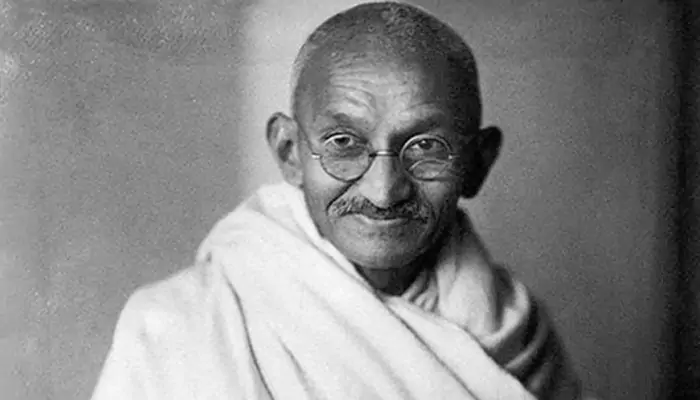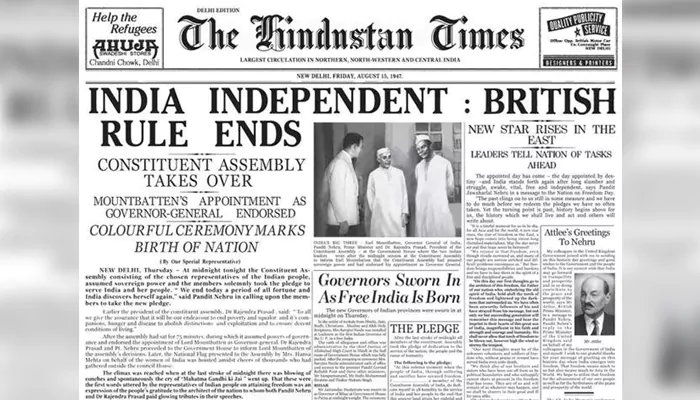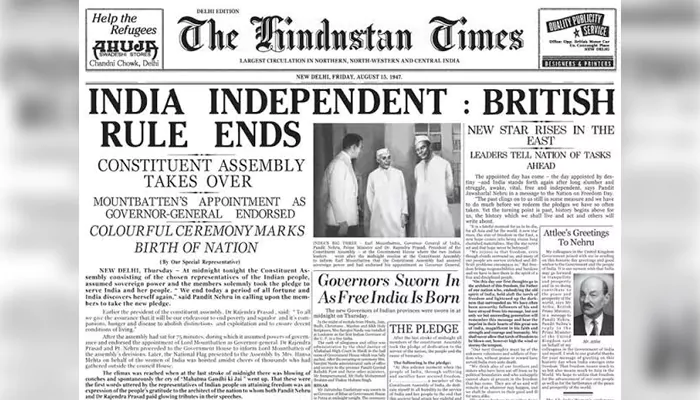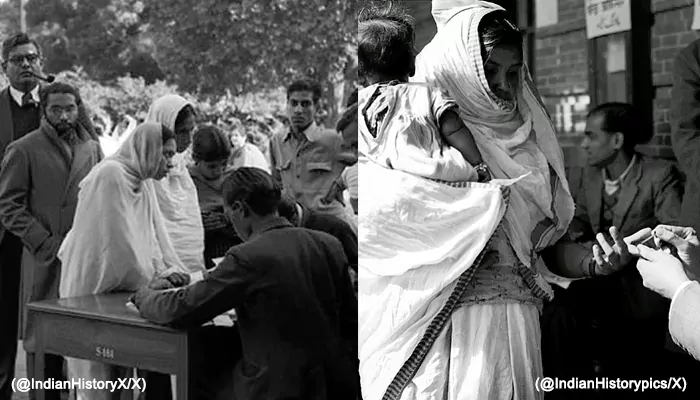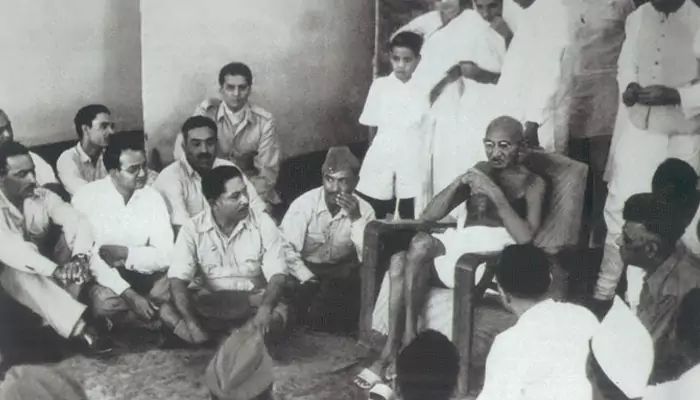Govt To Begin Census In 2025 After 4-Year Delay: Know Why It's So Crucial For India's Policymaking
- Sayan Paul
- 1 year ago
- 4 minutes read

This census was originally scheduled for 2021, however, had to be postponed due to the COVID-19 pandemic.
The last census of India was conducted in 2011, and hence, the next was scheduled for 2021 as it's typically done every 10 years. However, it was postponed due to the COVID-19 pandemic. And while there's no confirmed date for the next one yet, it will reportedly begin in 2025 and continue for a year. Reports further suggest the delimitation of Lok Sabha seats will begin after the census, and the whole process will be completed by 2028. Notably, besides the usual survey on religion, social class, and caste, the upcoming survey is also expected to include the subcategories under the General, Scheduled Castes, and Scheduled Tribes.
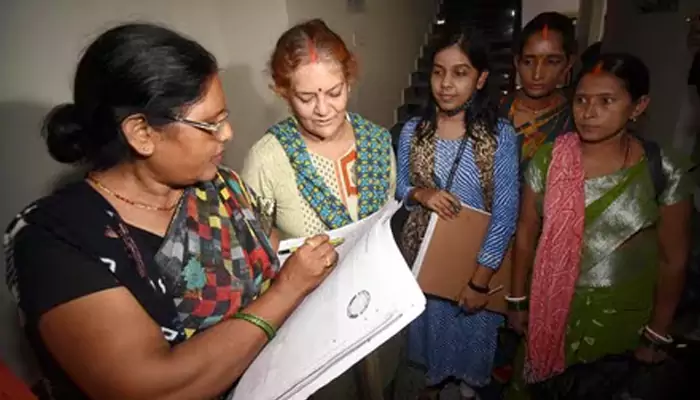
Well, the census of India gathers data on the country's demographics and socio-economic scene among others. For effective policymaking, this comprehensive data is very important. In this article, let's understand it in detail.
Assessing Population Growth & Dynamics - Allocating Resources Accordingly
On the Jus Corpus Law Journal website, Harsh Anand from the University of Lucknow noted that the census is "the most comprehensive single source of statistical data about India’s inhabitants and their many characteristics”.
This survey gathers information about the masses, everything from age to gender to religion to caste to literacy and more. By assessing those data, the government allocates resources effectively. For instance, a particular state receives funding from the center based on its population dynamics. Whether it's planning, administration, or management for several welfare programs, the census helps the government to operate properly.
Here 👇👇 is State wise population percentage in India.#population #census2011
— GK for UPSC & TGPSC (@BORN4WIN) November 29, 2022
(Data courtesy: Summachar) pic.twitter.com/XS1qBH5kUl
Credit: GK for UPSC & TGPSC
Implementing Policies, And Monitoring Progress
With the census data, the government identifies as well as targets populations and implements policies accordingly. For instance, every social welfare scheme (including direct cash transfers, food distribution, and special services for minorities) - government or private - is effectively implemented based on those data. Also, it helps the authorities to track internal migration patterns, and manage the socio-economic policies properly.
The census data also gives insights into employment as well as employability. This serves as the backbone for crafting employment policies, designing training programs, and creating job opportunities. On the other hand, it helps in women's empowerment as well.
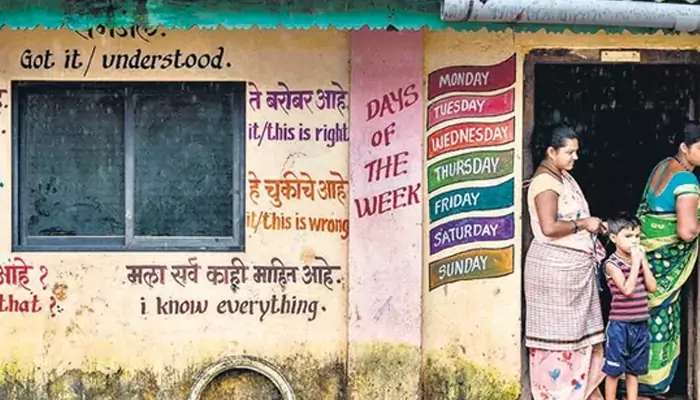
More importantly, the census is the backbone of monitoring the country's progress over the past decade. It helps the government understand whether the ongoing schemes are going on the path as planned or not, paving the way for better planning and implementation.
Healthcare, Education, And More
To launch new healthcare initiatives, you must have a proper understanding of the population first. And that's why the census data is so crucial.
With all those insights, it becomes easier to identify disease-prone areas, and asses everything from immunity to awareness levels and more. This helps enormously in planning hospital infrastructure, launching healthcare programs, and implementing other facilities.

The same applies to educational planning as well. Identifying areas with low literacy rates helps the government allocate resources for education effectively. Information such as the number of children, low enrollment, dropout rates, etc. are also used for the purpose.
On the other hand, it also helps in disaster management, environmental planning, and several other sectors.
As the 2021 census could not take place, our policymakers have been experiencing various challenges due to the lack of new data. It needs to be conducted as soon as possible, paving the way for India towards a sustainable future.


